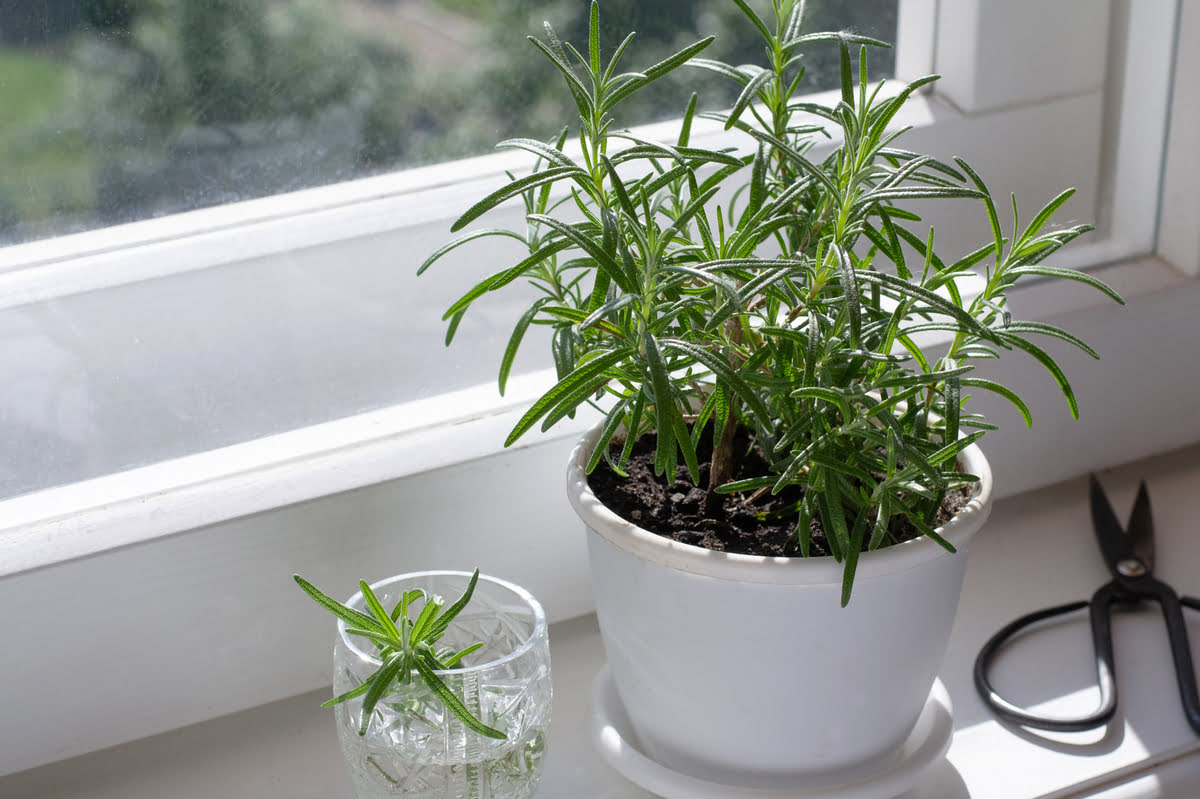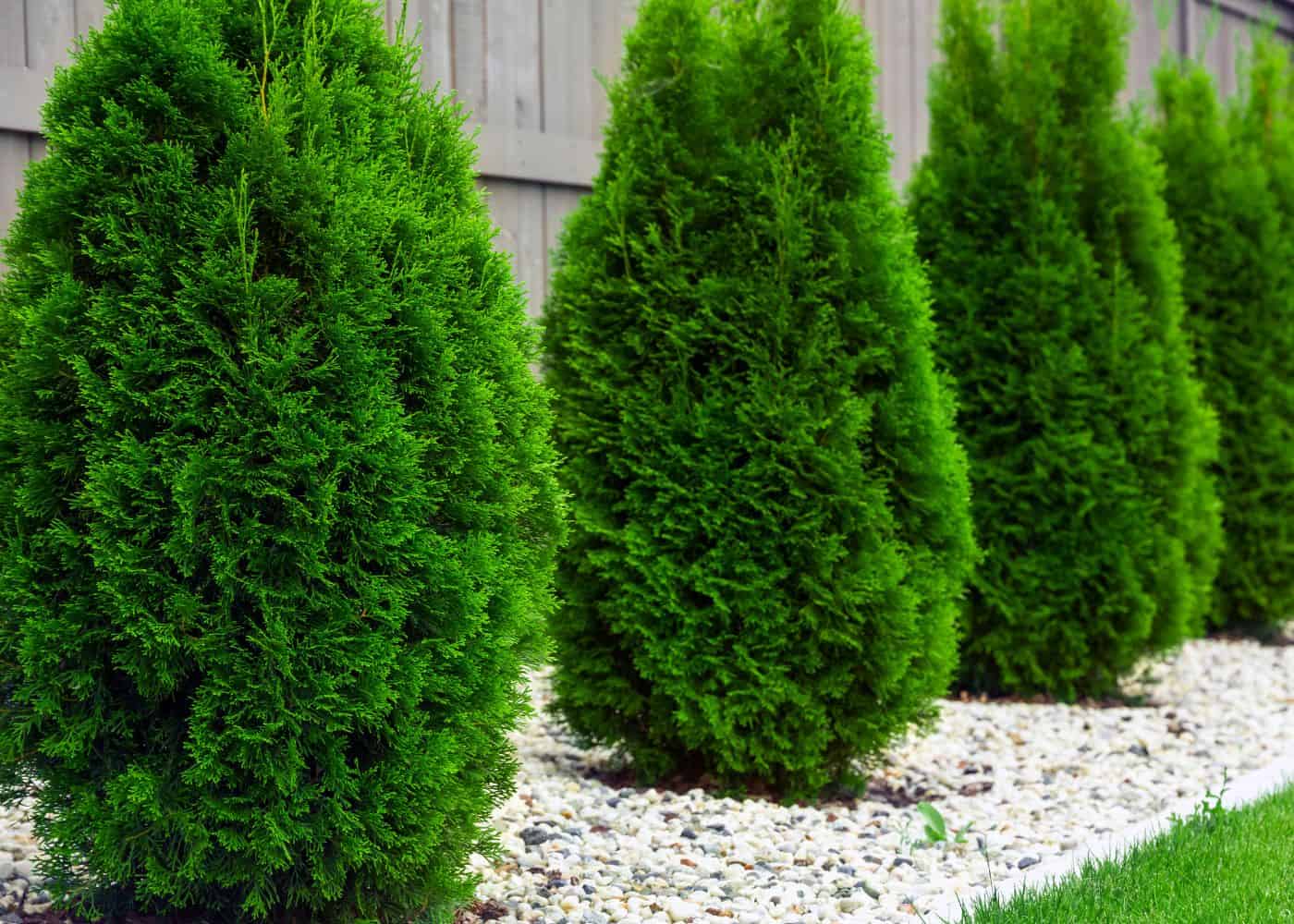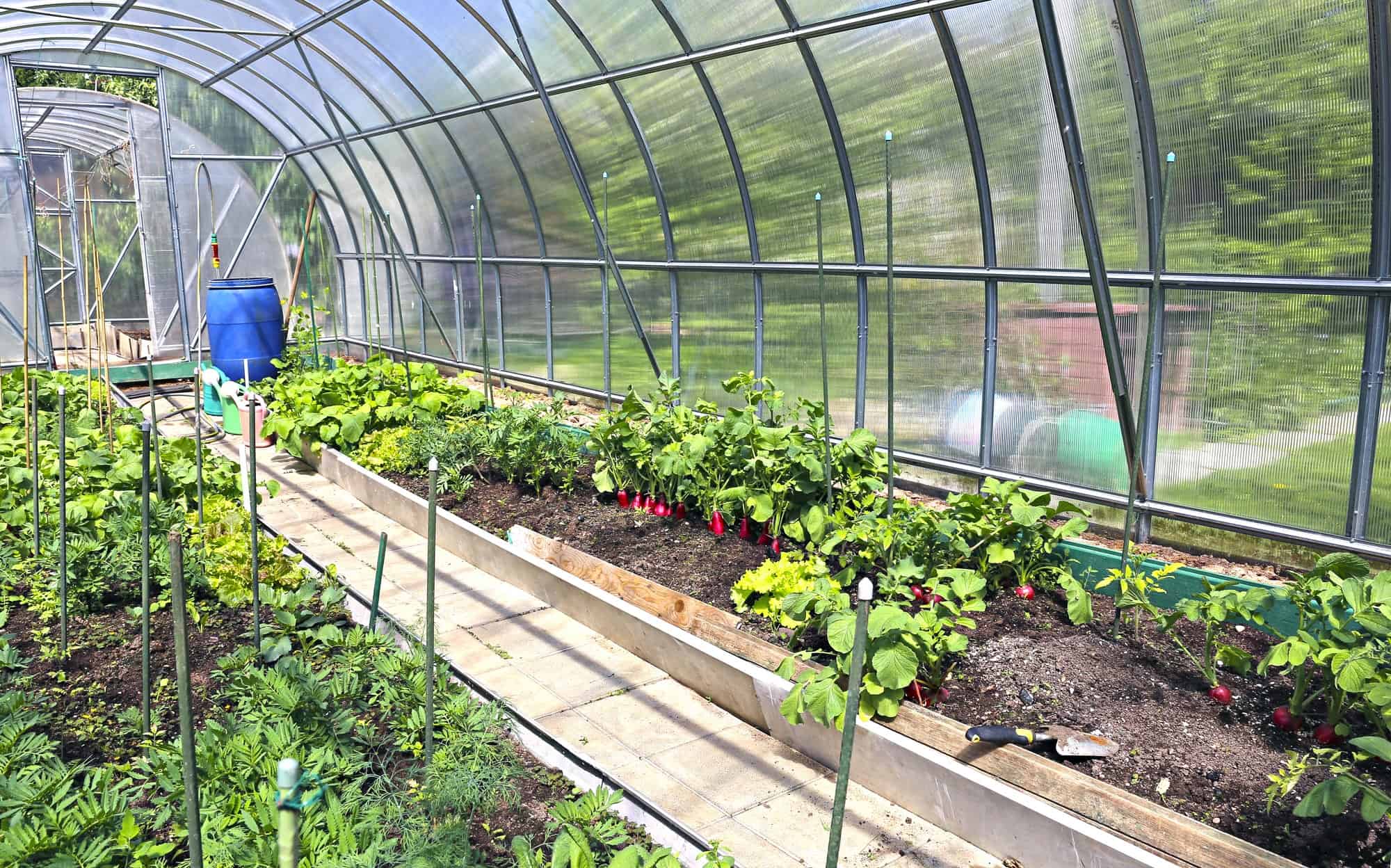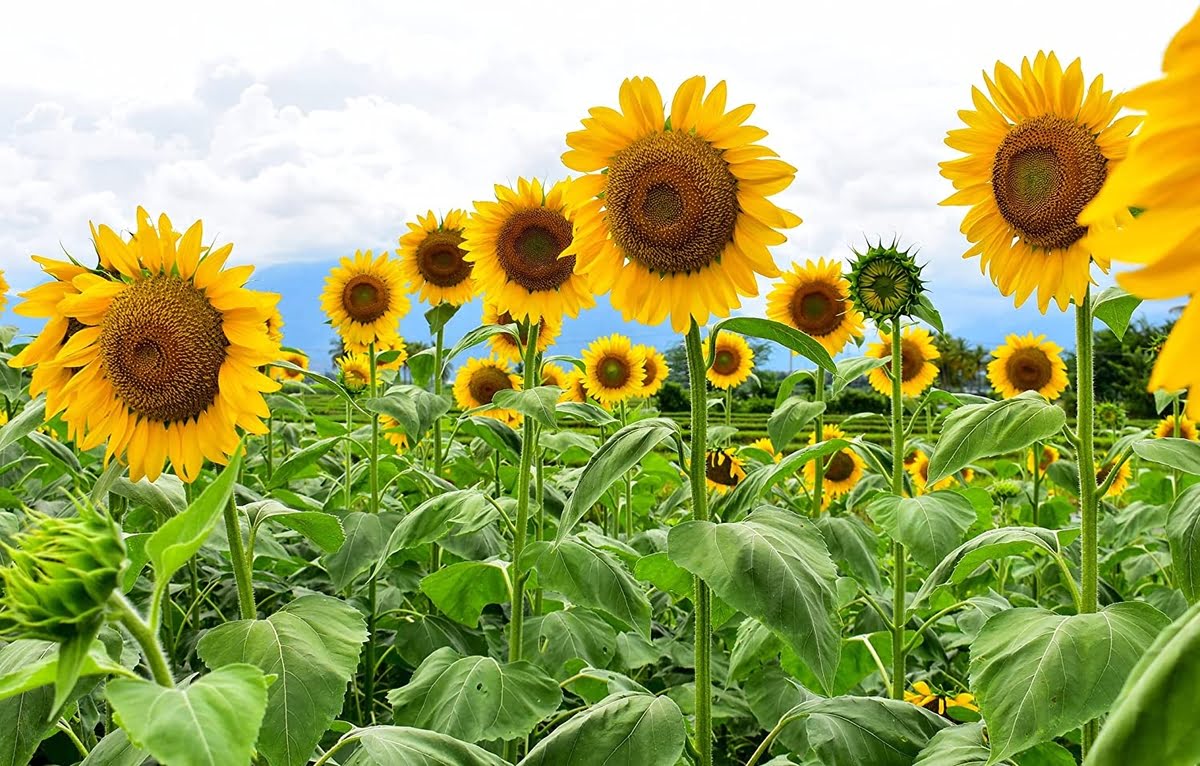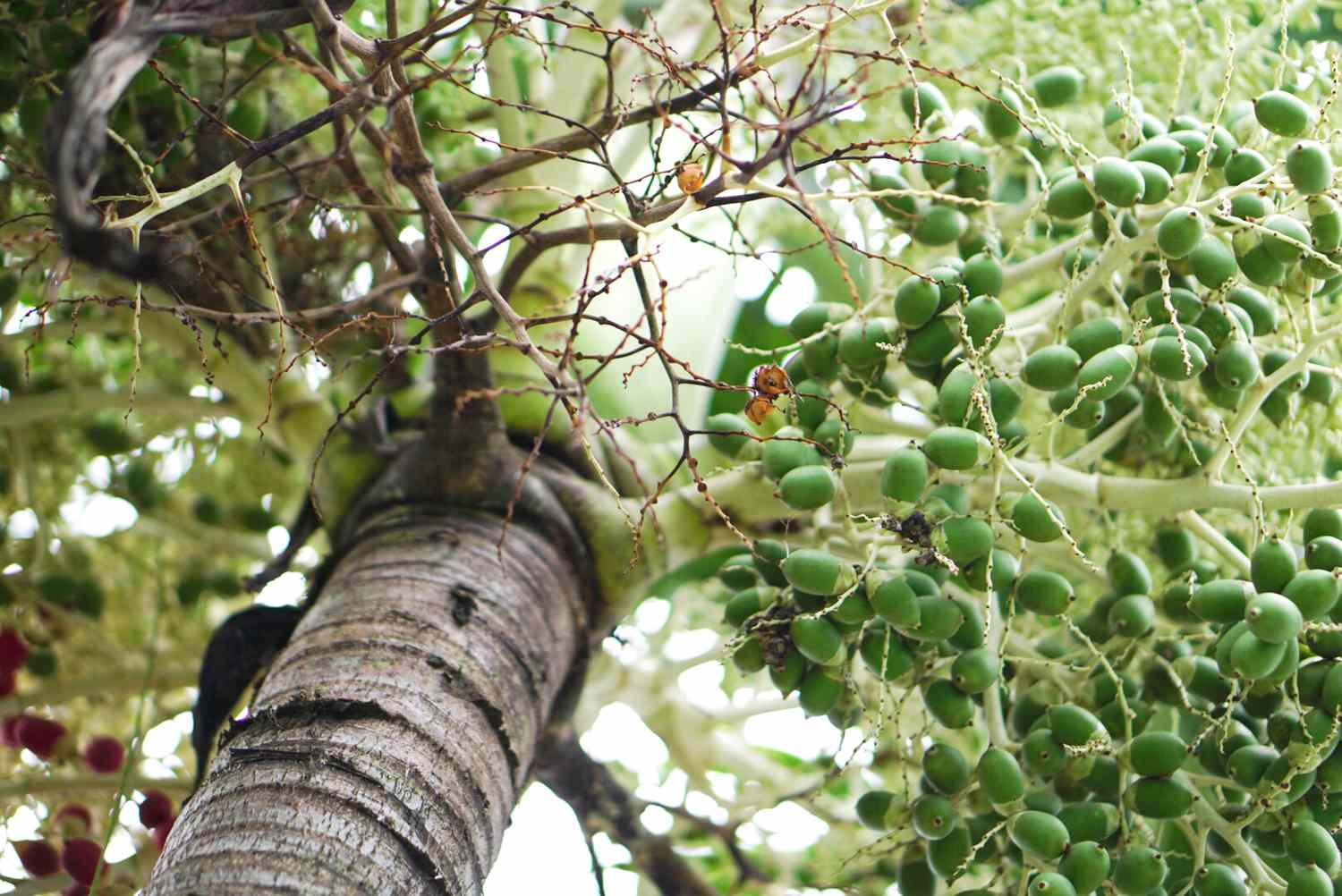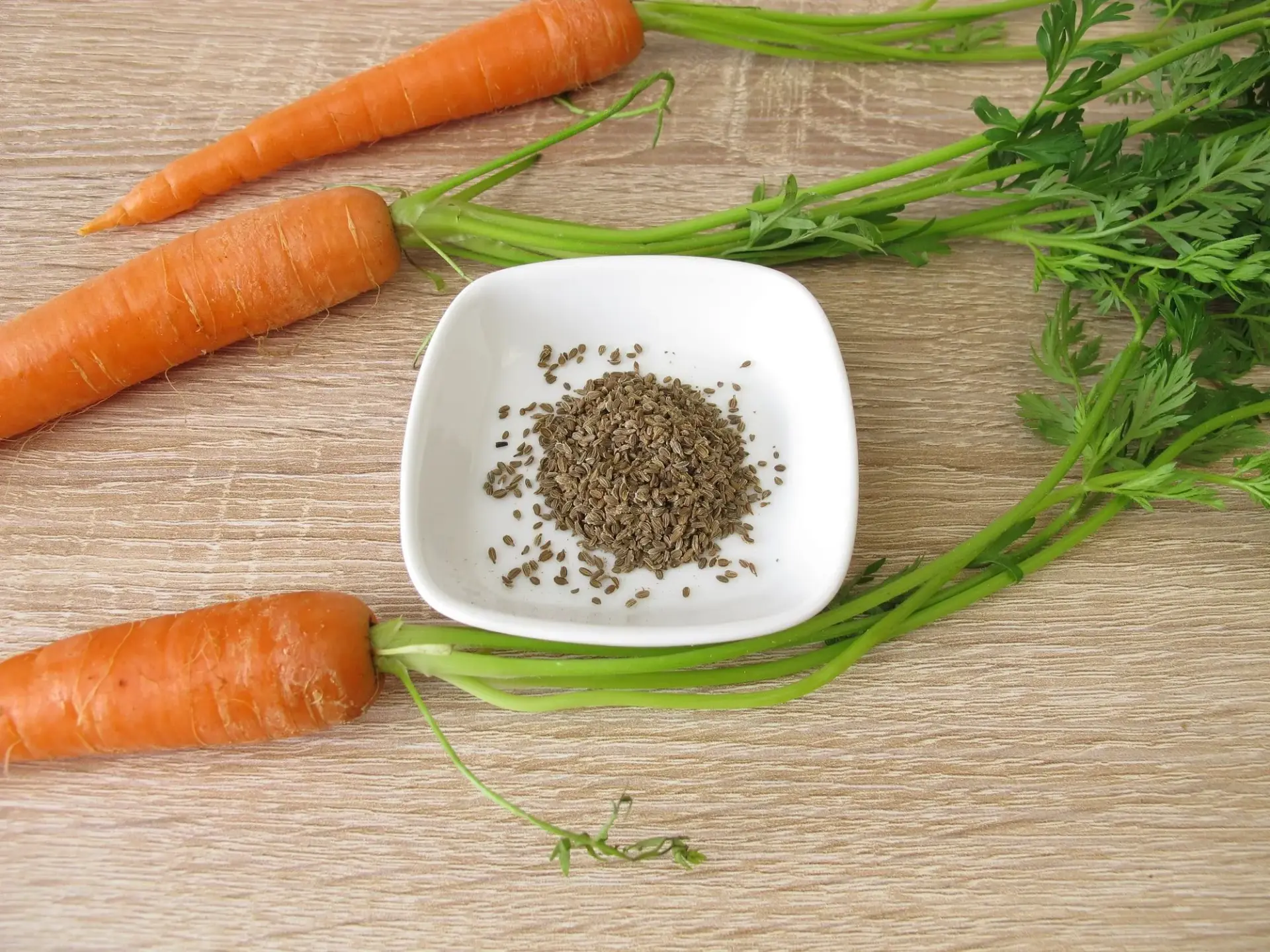Home>Types of Gardening>Ornamental Gardening>How Long Does It Take For A Bonsai Tree To Grow From Seeds


Ornamental Gardening
How Long Does It Take For A Bonsai Tree To Grow From Seeds
Modified: February 9, 2024
Discover the timeline for growing a bonsai tree from seeds in your ornamental gardening journey. Learn how long it takes and master the art of patience!
(Many of the links in this article redirect to a specific reviewed product. Your purchase of these products through affiliate links helps to generate commission for Chicagolandgardening.com, at no extra cost. Learn more)
Table of Contents
Introduction
Welcome to the fascinating world of bonsai trees! These miniature trees, intricately pruned and crafted, have been a beloved art form and horticultural practice for centuries. Bonsai, which translates to “tray planting” in Japanese, originated in China but became popularized in Japan, where it evolved into a unique and highly respected art form.
What makes bonsai trees so captivating is their ability to mimic the appearance of full-sized trees in a compact form. From their delicate leaves to their graceful branches, every detail is meticulously designed to create a harmonious and natural-looking miniature tree.
For those embarking on the bonsai journey, one question often arises: how long does it take for a bonsai tree to grow from seeds? The answer can vary based on several factors, which we will explore in this article. From the germination process to young tree development, training techniques to maturation, we will delve into the timeline and steps of nurturing a bonsai tree from its very beginnings.
While it’s true that growing a bonsai tree from seeds requires time, patience, and skilled techniques, the process is a rewarding endeavor that allows for a deeper connection with nature and the art of gardening. So, let’s dive into the world of bonsai tree growth and discover how these remarkable trees come to life.
Factors Affecting Bonsai Tree Growth
When it comes to the growth of bonsai trees, several factors come into play. These factors determine the rate at which a bonsai tree grows, its overall health, and its ability to develop the desired characteristics. Understanding these factors will help bonsai enthusiasts create optimal growing conditions and ensure the successful development of their prized trees.
1. Species: The species of the bonsai tree plays a significant role in its growth rate. Some species, such as the Japanese Maple (Acer palmatum) or Pine (Pinus spp.), are known to grow relatively slowly, while others, like the Juniper (Juniperus spp.), tend to grow more quickly. It’s important to choose a species that aligns with your desired growth timeline.
2. Climate: The climate in which the bonsai tree is cultivated can greatly impact its growth. Different species have specific climate requirements, including temperature, humidity, and sunlight. Providing the appropriate climate conditions will support healthy growth and ensure the tree’s overall well-being.
3. Soil and Fertilizer: The soil composition and fertilization routine influence the availability of essential nutrients for the bonsai tree. Well-draining soil with a balanced nutrient content and a regular fertilization schedule will encourage optimal growth and development.
4. Watering: Proper watering is crucial in bonsai tree care. Both overwatering and underwatering can have detrimental effects on growth. Finding the right balance, based on the specific needs of the species and the climate, is essential for healthy growth and development.
5. Training Techniques: The art of bonsai involves shaping and training the tree to create the desired appearance. Techniques such as pruning, wiring, and branch positioning help sculpt the tree’s form. The amount and frequency of training will affect the tree’s growth pattern and overall development.
6. Size of the Tree: The size of the bonsai tree at the beginning of its training also affects its growth timeline. Larger trees generally require more time to develop the desired bonsai characteristics compared to smaller starter plants.
By taking these factors into consideration, bonsai enthusiasts can create an environment that promotes healthy growth and ensures the successful cultivation of their bonsai trees. So, let’s move on to the next stage of the bonsai tree growth process: germination.
Germination Process
The germination process is the first step in growing a bonsai tree from seeds. It is an exciting and crucial stage where the tiny seeds begin their transformation into delicate seedlings. Understanding the germination process is essential for successfully starting your bonsai journey.
1. Seed Selection: Choose high-quality bonsai seeds from a reputable source. It’s important to select seeds that are fresh and viable to ensure a higher germination rate. Different bonsai tree species have different seed requirements, so be sure to follow specific instructions for the species you’re working with.
2. Stratification: Some bonsai tree seeds require a process called stratification. This involves subjecting the seeds to a period of cold treatment, mimicking the natural winter conditions, which helps break their dormancy and stimulates germination. Place the seeds in a moist environment, such as a plastic bag with damp peat moss or vermiculite, and refrigerate them for the recommended period of time according to the species requirements.
3. Sowing the Seeds: After stratification, it’s time to sow the seeds. Fill small seedling pots or trays with well-draining bonsai soil mix, leaving some space at the top. Gently press the seeds onto the soil surface, following the recommended spacing guidelines based on the species. Lightly cover the seeds with a thin layer of soil or vermiculite, ensuring they are not buried too deeply.
4. Watering and Moisture: Keeping the soil consistently moist is crucial for seed germination. Use a spray bottle or a gentle watering can to moisten the soil surface, being careful not to overwater and create waterlogged conditions. Place the pots or trays in a warm location with indirect sunlight and maintain a humid environment by covering them with a plastic dome or using a misting system.
5. Patience and Monitoring: The germination process can vary in duration depending on the species and environmental conditions. It’s important to be patient and monitor the pots or trays regularly. Look for signs of sprouting, such as tiny green shoots breaking through the soil surface. Once the seedlings emerge, remove the plastic dome or adjust the misting frequency to avoid excessive humidity.
6. Transplanting: Once the seedlings have developed a few sets of true leaves and are strong enough to handle, they can be carefully transplanted into individual bonsai containers with appropriate soil and drainage. This marks the transition to the next stage of the bonsai tree’s growth: the seedling stage.
By following these steps and providing the necessary care, you can successfully germinate bonsai tree seeds and lay a solid foundation for the growth and development of your bonsai masterpiece.
Seedling Stage
The seedling stage is a critical period in the growth of a bonsai tree. During this stage, the newly sprouted seedlings begin to establish their root system and develop their first true leaves. Proper care and attention during the seedling stage will set the course for healthy growth and shape the future of your bonsai tree.
1. Light and Temperature: Place the seedlings in a location where they can receive ample sunlight. A sunny window sill or a grow light setup can provide the necessary light for their growth. Ensure that the temperature is moderate and remains within the recommended range for the specific bonsai tree species.
2. Watering: Seedlings have delicate root systems and are more susceptible to both underwatering and overwatering. Keep the soil evenly moist by watering the seedlings gently and ensuring proper drainage. Avoid letting the soil become excessively dry or waterlogged.
3. Fertilization: Although seedlings possess some nutrients from the seed, it’s important to provide additional nourishment to support their growth. Start applying a diluted liquid fertilizer specifically formulated for bonsai trees at regular intervals, following the manufacturer’s instructions. This will help promote healthy foliage growth and root development.
4. Pruning and Thinning: As the seedlings begin to grow, it’s important to monitor their development and prune away any weak or unwanted branches. This helps direct the growth and establish the desired bonsai structure. Additionally, thinning out excess seedlings in containers promotes better airflow and reduces competition for resources.
5. Transplanting: As the seedlings grow, they may outgrow their initial container. It’s important to transplant them into larger bonsai pots, allowing their roots to spread and promote further growth. Use a well-draining bonsai soil mix to ensure proper aeration and moisture control in the new container.
6. Protection from Pests and Diseases: Seedlings are vulnerable to pests and diseases. Regularly inspect the foliage for any signs of infestation or fungal growth. Take immediate action at the first sign of trouble to prevent the spread of pests or diseases and protect the seedlings’ health.
By providing the right conditions and diligently caring for your seedlings during this stage, you can help them establish a strong foundation and transition smoothly into the next phase of growth. The seedling stage sets the stage for the young tree development, which we will explore next.
Young Tree Development
During the young tree development stage, the bonsai tree begins to take shape and exhibit the characteristics of its species. This is an exciting phase as the tree grows taller, develops thicker trunks, and forms more branches. Proper care and attentive pruning techniques are essential during this stage to ensure the desired form and aesthetics of the bonsai tree.
1. Pruning: Regular pruning is crucial for shaping and controlling the growth of the young bonsai tree. By selectively removing branches and foliage, you can enhance the overall structure and encourage the growth of desirable branches. Pruning also stimulates back-budding, leading to a more compact and fuller appearance.
2. Wiring: Wiring is another technique used to guide the growth of branches and shape the overall form of the bonsai tree. Wire is carefully wrapped around branches, allowing them to be positioned in a specific direction. It’s important to apply the wire gently to avoid damaging the bark and adjust it regularly to prevent wire marks from forming.
3. Balance: Achieving balance is key in the development of a young bonsai tree. As the tree grows, keep an eye on its branching structure and foliage distribution. Remove any branches that throw off the overall balance or disrupt the desired aesthetic appeal. Aim for a balanced and visually appealing composition.
4. Repotting: Young bonsai trees should be repotted every couple of years to prevent root congestion and promote healthy growth. Repotting involves carefully removing the tree from its container, trimming back some of the roots, and placing it in fresh bonsai soil mix. This process supports the development of a strong root system and ensures the health and vitality of the tree.
5. Sunlight and Watering: Adequate sunlight and proper watering are essential for the young tree’s development. Place the bonsai tree in a location where it can receive ample sunlight for a significant part of the day. Monitor the soil moisture levels and water the tree thoroughly when the top layer of soil begins to feel slightly dry. Avoid letting the soil become waterlogged or overly dry.
6. Patience and Observation: Young tree development requires patience and observation. As you care for your bonsai tree, take the time to observe its growth and make adjustments accordingly. Be mindful of its response to pruning and wiring techniques, and adjust your approach as needed to achieve the desired outcome.
With proper care and attention throughout the young tree development stage, you can shape your bonsai tree into a beautiful and well-structured masterpiece. The next section will explore the training and pruning techniques that further refine the bonsai’s form.
Training and Pruning Techniques
Training and pruning are fundamental techniques in the art of bonsai. These techniques allow for the manipulation and refinement of the tree’s shape and overall appearance. Through careful training and strategic pruning, bonsai enthusiasts can create stunning trees that mimic the strength, grace, and age of their full-sized counterparts.
1. Wiring: Wiring is a technique used to guide the growth of branches and create desired shapes. Aluminum or copper wires are gently wrapped around branches, allowing them to be bent and positioned in a specific direction. It’s important to exercise caution when wiring to avoid damaging the bark and adjust the wire regularly to prevent wire marks from forming.
2. Pruning: Pruning is a crucial technique that controls the overall growth and shape of the bonsai tree. Regularly removing unwanted branches, leaves, and buds helps maintain the desired form and encourages the growth of smaller and more compact foliage. Pruning also improves airflow and allows more light to reach the inner parts of the tree.
3. Pinching: Pinching involves gently removing the tips of new growth with your fingers or sharp pruning shears. This technique encourages the development of more branches, creates a denser foliage canopy, and promotes back-budding, resulting in a fuller and more compact appearance.
4. Defoliation: Defoliation is the deliberate removal of the tree’s leaves. This technique is typically performed on deciduous bonsai trees during specific times of the year. Defoliation helps stimulate new growth, reduces leaf size, and can enhance the ramification of branches, resulting in a more refined and graceful appearance.
5. Air Layering: Air layering is a technique used to propagate or reshape branches of bonsai trees. It involves removing a ring of bark and creating a wound that stimulates root growth while leaving the branch attached to the tree. Once sufficient roots have developed, the branch can be severed and planted as a separate tree or reshaped as desired.
6. Repotting: Repotting is a critical part of bonsai care and training. It involves carefully removing the tree from its container, trimming back the roots, and replanting it in fresh bonsai soil mix. Repotting is typically done every 2-3 years to promote a healthy root system, prevent root-bound conditions, and provide the tree with fresh nutrients.
Mastering these training and pruning techniques takes time, patience, and practice. By applying these techniques appropriately and adapting them to the specific needs of your bonsai tree, you can shape and refine its appearance, gradually transforming it into a stunning work of living art.
Maturation and Maturity
As a bonsai tree continues to grow and develop over time, it enters the stages of maturation and maturity. This is when the tree achieves its desired form, exhibits a sense of age, and showcases the elegance and beauty that are characteristic of mature bonsai trees. Maturation and maturity are achieved through ongoing care, continued training, and an understanding of the tree’s natural growth patterns.
1. Patience and Time: Maturation and achieving maturity in a bonsai tree require patience and time. It takes years, if not decades, for a bonsai tree to reach its full potential. During this time, the tree undergoes gradual changes in its overall appearance, including the development of a thicker trunk, more refined branches, and a more intricate root system.
2. Proportional Growth: To achieve maturity, it’s crucial to ensure balanced and proportional growth. Continuously monitor the tree’s shape and size, adjusting the training and pruning techniques accordingly. Regular pruning and selective branch removal help maintain the tree’s proportions and prevent any overgrowth or imbalance in the foliage and branches.
3. Bark and Trunk Development: As the bonsai tree matures, the bark texture and color deepen, adding to its sense of age and maturity. Additionally, the trunk thickens over time, displaying strength and stability. Techniques such as trunk carving and deadwood styling can also be employed to further enhance the character and appearance of the bonsai tree.
4. Ramification: Ramification refers to the intricate branching and twig development that occurs as a bonsai tree matures. Through meticulous pruning and pinching, the tree’s branches become more refined, dense, and intricate, resembling the delicate branching patterns seen in nature. This adds a sense of grace and artistry to the overall design of the bonsai tree.
5. Seasonal Changes: Just like their full-sized counterparts, mature bonsai trees exhibit change and beauty throughout the seasons. The delicate blossoms of spring, vibrant foliage of summer, captivating colors of autumn, and skeletal beauty of winter contribute to the overall charm and aesthetic appeal of the mature bonsai tree.
6. Artistic Expression: Maturation and maturity in bonsai also involve the expression of the artist’s vision and creativity. Through careful selection of species, training techniques, and styling choices, bonsai enthusiasts can bring their artistic vision to life and create unique and captivating bonsai trees that resonate with their own artistic expression.
As a bonsai tree matures and reaches its peak, it becomes a true masterpiece, showcasing the beauty, elegance, and harmony of nature. The journey of maturation and maturity is a testament to the care, skill, and dedication of the bonsai artist and serves as a source of pride and joy for all who appreciate the art of bonsai.
Conclusion
The art of growing and nurturing bonsai trees is a fulfilling and captivating journey. From the humble beginnings of germinating seeds to the maturation and elegance of a fully developed bonsai tree, each stage requires patience, skill, and an understanding of the tree’s natural growth patterns.
Understanding the factors that affect bonsai tree growth, such as species, climate, soil, and training techniques, is crucial for creating optimal conditions that promote healthy and harmonious growth. The germination process sets the stage for the tree’s development, followed by the careful nurturing of seedlings into young trees, shaping their form through training and pruning techniques.
As the bonsai tree matures and exhibits its own unique characteristics, its beauty and elegance become more pronounced. The patient observer can witness the transformation of a miniature tree into a work of art, showcasing intricate branches, refined trunk, and the passage of time through its bark and seasonal changes.
The art of bonsai offers a link between nature and artistic expression. It invites us to appreciate the beauty and resilience of nature in a miniature form. With each carefully crafted bonsai tree, the artist has the opportunity to create a living masterpiece.
Whether you are a passionate bonsai enthusiast or just beginning to explore this art form, the process of growing and nurturing bonsai trees will provide you with a deep connection to nature and a sense of fulfillment. It is a journey of learning, creativity, and patience, but the reward is a living work of art that brings joy and tranquility to your life.
So, embrace the world of bonsai and let your imagination soar as you sculpt and care for these miniature masterpieces, cultivating a deep appreciation for the beauty and artistry of nature.
